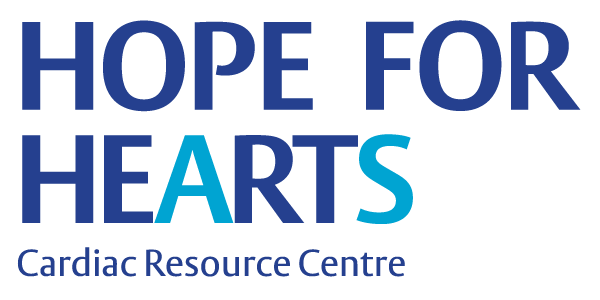What is an Accredited Heart Team?
A heart team is a collaboration of multidisciplinary doctors and other allied health staff who are responsible for the assessment of patients with aortic stenosis. This group of expert clinicians review each patient with the goal to decide on which treatment modality is best suited for the individual after a close review of all of the clinical factors for each patient.
Interventional Cardiologist Dr Raj Nair discusses why there is a need for an Accredited Heart Team and who is involved in the heart team, including Cardiologists, Cardiac Surgeons, Anesthetists, Geriatric Specialists, and other specialists potentially required for the individual patient. “[The] heart team comes about to have a moderation of invasive procedures in terms of cost and clinical effectiveness… we have to provide holistic care for patients.”
The core members of the heart team may include an interventional cardiologist, a cardiac surgeon, and usually a TAVI nurse coordinator/ case manager. Other experts may consist of Cardiologists who specialise in Echocardiography, Heart failure and also Geriatric and Rehabilitation Specialists, Anaesthetists, Vascular Surgeons, Primary Health Care Physicians and others who may be involved in the care of these complex individuals throughout the patient assessment, treatment and recovery.
Each centre that performs TAVI may have to meet minimum guidelines such as specific clinical facilities, level of acuity regarding procedures, and the volume of cases to be accredited to perform TAVI.
What is an Accredited Institution?
TAVI requirements should be established in high volume cardiac surgical centres where on-site valve surgery is performed.
The following activity levels for institutions undertaking TAVI programs are suggested:
- Institutional interventional program
- 1000 catheter studies / 400 PCI per year
- Institutional surgical program
- 50 Total AVR per year if which at least 10 aortic valve replacement (AVR) should be high risk (STS score>_ 6)
- Minimum of 2 institutionally cardiac-based surgeons in the program
The facilities should include but are not limited to:
- Cardiac catheterisation laboratory or hybrid operating room (OR) equipped with a fixed radiographic imaging system with high-resolution fluoroscopy and facility for cineangiography and haemodynamic monitoring.
- Non-invasive imaging
- Echocardiographic laboratory with transthoracic and transoesophageal echocardiographic capabilities. Sonographers and echocardiographers experienced in valvular heart disease.
- Access to a vascular laboratory (non-invasive) with vascular specialists capable of performing and interpreting vascular studies.
- Access to a CT angiography laboratory with CT technologists and specialists who can acquire and interpret cardiac CT studies.
- A sterile environment that meets, at minimum, or standards necessary for pacemaker/ICD implantation.
- Sufficient space to accommodate the necessary equipment for implantations, including space for anaesthesia, echocardiography, and cardiopulmonary bypass equipment and personnel.
- Appropriate equipment for the procedure and for dealing with possible complications including complete heart block, large vessel rupture, pericardial tamponade, and haemodynamic collapse.
- A post-procedure intensive care facility, HDU, or CCU experienced in managing complex cardiac patients, including patients following conventional cardiac surgery.
The following are desirable, but may not be available in most current interventional cardiology suites:
- Circulating heating, ventilation, and air conditioning laminar flow diffusers
- High-output surgical lighting.
- Facilities for running cardiopulmonary bypass or extracorporeal membrane oxygenators (ECMO).
Volume and Outcome Monitoring Requirements
The following minimum volume and outcomes requirements are recommended for approved TAVI programs:
- Program volume of 20 TAVI per year or 40 per 2 years
- 30-day all-cause mortality < 10%
- 30-day all-cause neurologic events including transient ischemic attack (TIAs) < 10%
- Major vascular complication rate< 10%
- >90% institutional follow-up
- 80% 1-year survival rate for patients after the program has been running for 2 years (2-year average)
- All cases should be submitted to a prospective national database registry
